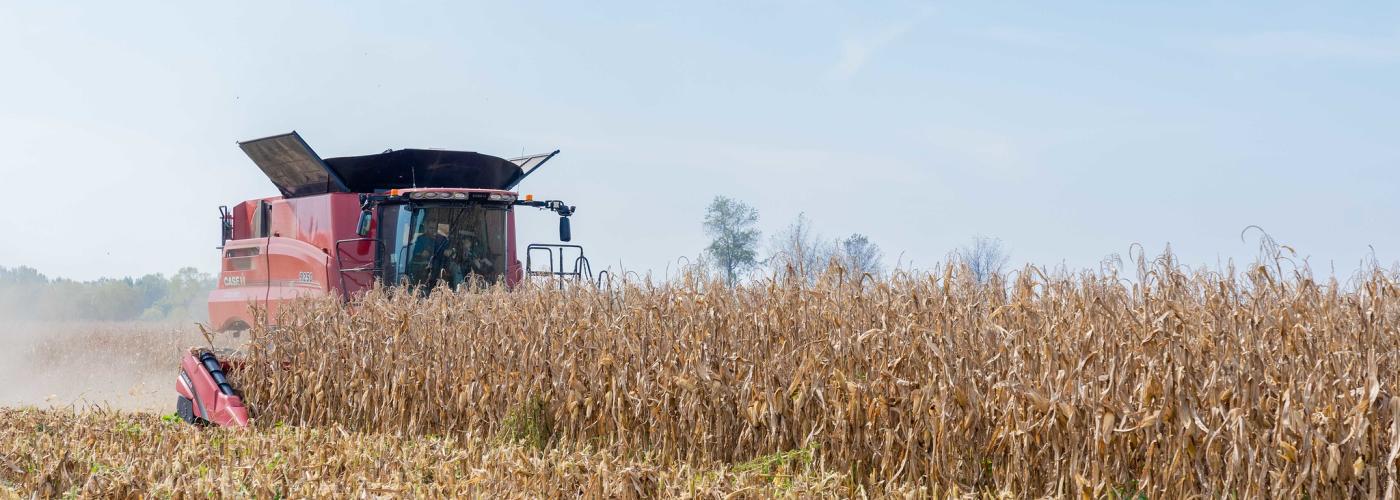The Farm Bill is a fundamentally a story about power. Dating back to the 1930s, every five years or so Congress decides in whose interest the Farm Bill will serve. Current Farm Bill debates involve many constituencies beyond just farmers, including hunger advocates, environmentalists, rural leaders, public health supporters, and civil rights organizations. The Farm Bill is both derivative and evolving, with important lessons from the past informing the hard policy challenges of the future.
This portal contains archival material and U.S. farm policy analysis dating back to 1977, as well as IATP's collected work on specific Farm Bills since 1996.
1996 Farm Bill
This revolutionary Farm Bill delinked program support from prices, production and farm practices — elements of supply management that had focused on fair prices for farmers in the marketplace. These changes were designed to coincide new export opportunities following the formation of the WTO and the passage of NAFTA. But the bill proved enormously costly as prices plunged following its passage and Congress was forced to approve multi-year emergency payments to prevent a full-blown farm crisis.
2002 Farm Bill
Following the disaster of the 1996 Farm Bill, Congress converted emergency payments into new commodity programs designed to provide farmers direct payments, and counter-cyclical support when the market dipped. These costly programs helped keep farmers on the land but did little to address the market failure that was paying farmers below cost-of-production prices.
2007 Farm Bill
The 2007 Farm Bill, ultimately passed in 2008, made few major reforms in the biggest farm programs — though it did pilot a new revenue insurance program which set the stage for reforms in the 2012 Farm Bill. This Farm Bill did include significant increases in conservation programs, bioenergy programs and several new provisions supporting local foods and socially disadvantaged farmers.
2012 Farm Bill
The 2012 Farm Bill, ultimately passed in 2014 after numerous extensions and a painful two-year negotiating process, made major reforms to U.S. commodity programs, instituting a much bigger role for crop insurance and new revenue insurance programs. While the types of programs changed, the results were much the same — programs designed to support farmers when the market dropped, rather than attempting to address market volatility in agriculture. The bill also included cuts to conservation programs for the first time since 1985.
2018 Farm Bill
In late December 2018, former President Trump signed the $867 billion Farm Bill into law. The 2018 Farm Bill failed to address core problems in the farm economy; it did not solve problems of overproduction and associated low prices for farmers, and it did not call out the growing threat of climate change to agriculture.
Farm Bill History

Learn more about the Farm Bill.

